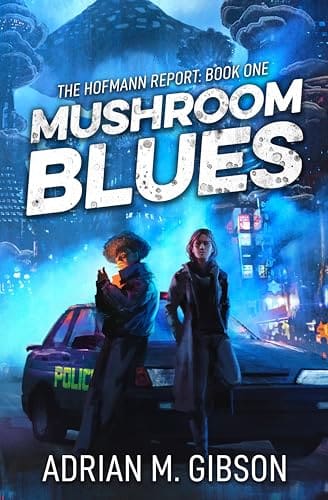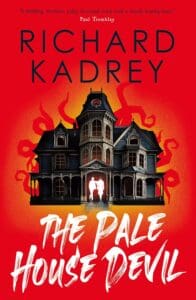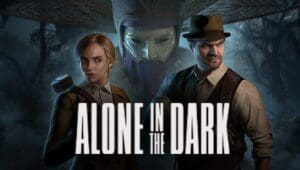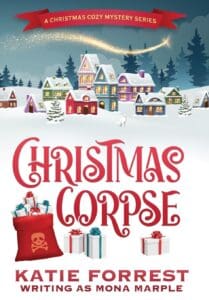
Synopsis
Two years after a devastating defeat in the decade-long Spore War, the island nation of Hōppon and its capital city of Neo Kinoko are occupied by invading Coprinian forces. Its fungal citizens are in dire straits, wracked by food shortages, poverty, and an influx of war refugees. Even worse, the corrupt occupiers exploit their power, hounding the native population.
As a winter storm looms over the metropolis, NKPD homicide detective Henrietta Hofmann begrudgingly partners up with mushroom-headed patrol officer Koji Nameko to investigate the mysterious murders of fungal and half-breed children. Their investigation drags them deep into the seedy underbelly of a war-torn city, one brimming with colonizers, criminal gangs, racial division, and moral decay.
In order to solve the case and unravel the truth, Hofmann must challenge her past and embrace fungal ways. What she and Nameko uncover in the midst of this frigid wasteland will chill them to the core, but will they make it through the storm alive?
Review
This book has been on my radar since its vibrant cover first crossed my social media feed. I’m shamelessly drawn to weird and inventive worldbuilding, and I feel like the phrase “fungalpunk noir” as a genre descriptor was a draw all on its own. I love genre blenders, and this story blends cyberpunk, crime noir and fantasy in a way that I’ve never seen before. I’m very happy that the contents of Mushroom Blues more than lived up to its striking cover and marketing.
The main setting is the city of Neo Kinoko. Here, humans live alongside the mushroom-headed fungals in an uneasy relationship where humans are very much the occupiers, following their victory over the fungals in the Spore Wars. Meanwhile the fungals are trying to preserve their own culture and pushing back against their oppressors. Into this powder keg walks Henrietta Hoffman, a homicide detective investigating a series of murders alongside her partner, Koji Nameko. As a fungal himself, we immediately have a setup for conflict, not just with a clash of worldviews and prejudices but because Henrietta is also terrified of mushrooms.
As a result, she’s prejudiced against her fungal neighbours on a level that makes her unlikeable right off – but that’s very much intentional on the author’s part. She’s a broken character, an ex-alcoholic having suffered a terrible loss prior to being exiled to a city in which she’s immersed in a world she hates and fears. Yet she has a sense of duty to do her job. Children are being murdered, and it isn’t long before she’s immersed in the fungal underworld as she tries to find answers. I really appreciated the character depth and nuance and the main character’s emotional journey is just one aspect of the story that stood out to me.
The worldbuilding is just as spectacular as I imagined. Though the story takes place in one city, the clash of cultures adds an instant dimension and Hoffman’s immersion into the fungals’ world offers us an outsider’s view of a world both alien and familiar. We have mushroom houses and furniture, airborne spores, an unseen network that literally connects every one of the inhabitants. It’s creepy and cool and endlessly inventive. A noir mystery is the perfect way to showcase the unique worldbuilding elements and the sense of decay and rot that permeates the setting adds to the atmosphere of moral decay in the crime storyline, too.
Honestly, I can’t say enough good things about this book. It’s a stellar debut on every level and it’s easy to see why it became an instant SPFBO finalist. I’m excited to return to this world for future stories and I’m very much looking forward to what Adrian M. Gibson does next.







Leave a Reply